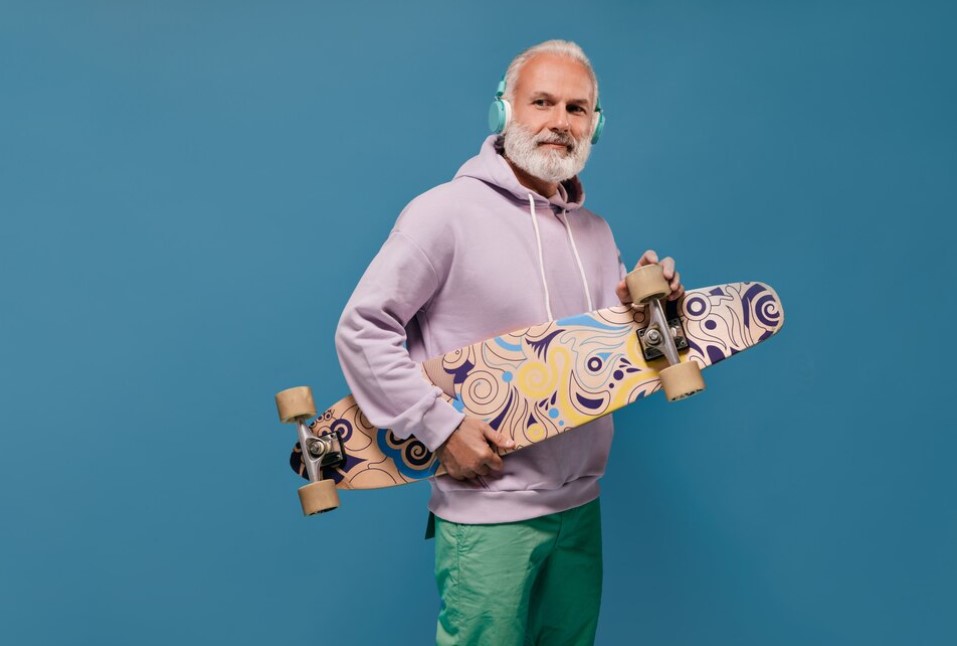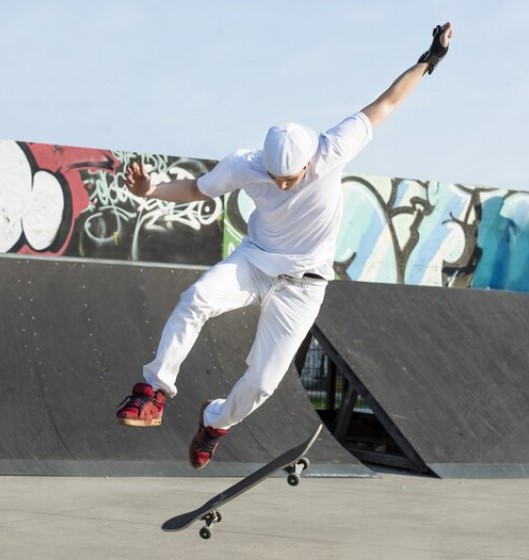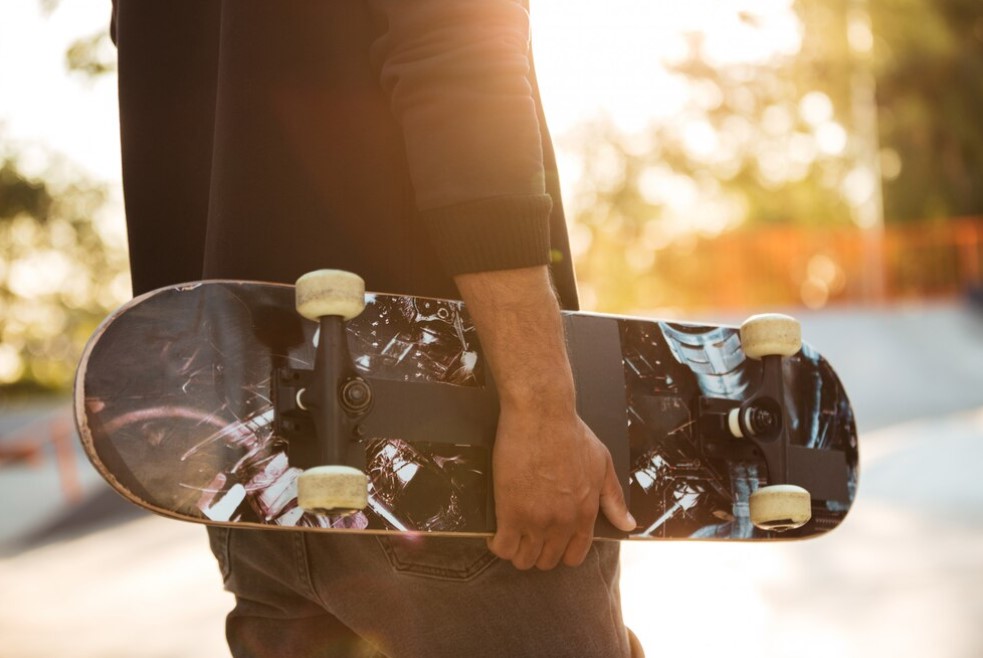
Skateboarding has come a long way since its humble beginnings as a recreational activity in 1950s California. What started out as an offshoot of surfing, using wooden boards with roller skate wheels attached to the bottom, has transformed into a diverse culture and professional sport with participants across the globe.
The Mainstreaming of Skateboarding
In the 1990s and early 2000s, skateboarding saw a surge in popularity, shedding some of its underground status and cementing its place in the mainstream. Various factors contributed to this transition. Most notably, the X-Games began in 1995 and brought the excitement of skateboarding to TV audiences. Skate videos went viral on the internet, highlighting the athletic talents. Fashion and shoe brands like Vans built entire campaigns around skate culture.
As skateboarding gained more public visibility and acceptance, participation rates also grew. According to the Sports & Fitness Industry Association, in 2020 there were 6.4 million active skateboarders in the U.S., up from 4.9 million 10 years earlier. Skate parks and private skate plazas popped up in communities to meet the demand. Some high schools even began forming skate teams alongside traditional sports.
Diversification and Inclusion
Another key aspect of skateboarding’s evolution has been efforts around diversity and inclusion. While skating culture has traditionally been predominantly young, white, and male-dominated, today’s participants represent a much broader demographic. The energy and mentorship of groups like The Skatepark Project (founded by Tony Hawk) have helped bring skateboarding to underserved communities. Brands like Moxi Skates have highlighted the talents of female rippers through their teams and social media. Adaptive skateboards enable those with disabilities to get involved.
This wider accessibility has opened the doors for skateboarders of different backgrounds to leave their mark at the highest levels. In 2021, Brighton Zeuner became the youngest Olympic skateboarding gold medalist at just 13 years old. In the same year, Margielyn Didal became the Philippines’ first medalist. And in street skating, stars like Nyjah Huston redefine what’s possible on the board.
Innovation in Style, Gear, and Space
Skateboarders today have access to technologies undreamed of by their predecessors. Iconic brands like Santa Cruz Skateboards now offer boards made of ultra-light carbon fibre and materials like hemp. Truck design has come a long way from the original rusted roller-skate wheels.
Clothing and shoes have also evolved with enhanced breathability, flexibility, and board feel. And “slim” pant styles allow skaters to perform tricks unencumbered. Other accessories like helmets and pads help make the sport safer.
The spaces for skating have also transformed with architects creating public plazas and parks specifically designed with features for skaters in mind. Enthusiasts can hit curved benches, manual pads, quarter pipes, and stair sets. Concrete is often poured with textures and patterns embedded to emulate the features of unsanctioned street spots while also providing grooves for board control.
A Lasting Legacy
From neighbourhood side streets to the Olympic stage, skateboarding culture has gone through major changes over the past 20 years. However, that irreverent, energetic spirit at its core persists. Each new generation adds their own flavour whether it’s through music, personal style, or tricks.
Skateboarding’s importance extends beyond sports entertainment. It provides community, escape, self-expression, and friendship. Skaters form a bond while overcoming struggles together and finding their limits. Regardless of its evolution, skateboarding culture will always maintain that unique capacity to empower.
Skateboarding today is certainly a different beast than the homemade boards ridden by California surfers in the 1950s seeking a way to practise on land. While the activity will likely continue to evolve with new technologies and broadening accessibility, skate culture at its heart provides a medium of empowerment, escape, artistry, and community. From music to fashion to the spaces created for the sport, skateboarding reflects wider cultural shifts while also influencing them through its infectious spirit. As skaters roll onward into the 21st century, they bring that irrepressible energy forward into new eras.
Key Events in the Evolution of Skateboarding
| Year | Event | Significance |
|---|---|---|
| 1976 | Formation of Zephyr skate team | Helped popularise vertical skating in empty swimming pools |
| 1987 | Launch of The Bones Brigade Video Show | Skate videos help spread skate culture |
| 1995 | First X-Games competition | Brought skateboarding into the mainstream sports world |
| 2000s | Social media growth | Allowed skaters to share videos and connect |
| 2021 | Skateboarding debuts at the Olympics | Legitimizes skateboarding on the global sporting stage |
To summarise, skateboarding has undergone an impressive evolution since its early days, transforming from a niche hobby into a diverse global culture and professional sport. Key factors driving this growth include skateboarding’s mainstream popularity, expanding accessibility and inclusivity, innovations in gear and space, and the passion of each new generation that embraces skating’s empowering spirit. While the activity continues to change and progress, at its core skateboarding provides a creative outlet, a supportive community, and a sense of identity and belonging that will persist into the future. Though the boards and tricks may change, the heart of skate culture endures.

